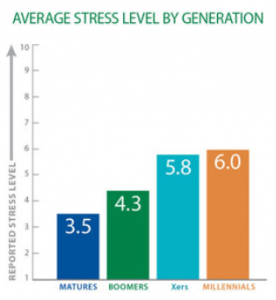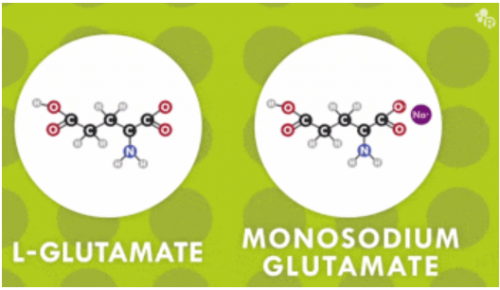As the temperatures get warmer and the days start getting longer, you may be excited for the summer season to start. However, the arrival of summer also means dryer weather, water shortages, and wildfires.

Poor air quality in Vancouver due to the raging wildfires. Photo Source: flickr
Wildfires can occur anywhere, but are most prevalent in the forests of Canada, the United States, Europe, and throughout the vegetated areas of Australia and South Africa. These wildfires are capable of destroying entire areas of up to 2.5 million hectare per year in Canada and can travel at speeds of 23 kilometers per hour! The main causes of wildfires are lightning and humans (surprise!), with lightning caused fires making up 45% of all fires and 55% of all fires being connected to human activities.

Historical wildfires across Canada. Photo Source: Natural Resources Canada
Although lightning caused wildfires occur naturally every year and are essential for the environment, wildfires should still be a concern for all of us. The smog that visits Vancouver every summer seems more severe year after year, could climate change be increasing the occurrence of wildfires?
According to science, climate change does result in an increase of wildfires. Climate change is the result of human activities, such as, fossil fuel burning, which produces large quantities of carbon dioxide. Just like methane and ozone, carbon dioxide is also a heat-trapping molecule, which you might know as a greenhouse gas. With greenhouse gas concentrations increasing, the heat radiated from earth cannot leave earth’s atmosphere. Over 90 percent of this trapped heat accumulates in the ocean and as a consequence, ocean heat contents rise and cause increases in global ocean temperatures. The increase in global heat content also causes ice to melt and sea levels to rise.

Global ocean heat content (OHC) for the top 2000 m of the ocean. Uncertainty estimates are shown in pink. Source: Science Advances
Aside from an increase in global ocean temperatures and higher sea levels, temperatures on land are also raised due to the trapping of heat by greenhouse gases. This results in more droughts and dryer weather, which are perfect conditions for wildfires to pick up.
So, other than knowing the reason for an increase in wildfires, how can we do our best to prevent wildfires from occurring?

First of all, always obey fire bans and signs that indicate the wildfire danger ratings. Next, never leave a campfire unattended & completely extinguish the campfire when leaving the area. Furthermore, any smoking material should be properly disposed of and most importantly, be sure to report any signs of wildfires.



:max_bytes(150000):strip_icc()/GettyImages-rbrb_2118-58cd9bbb5f9b581d72c1cb24.jpg)

